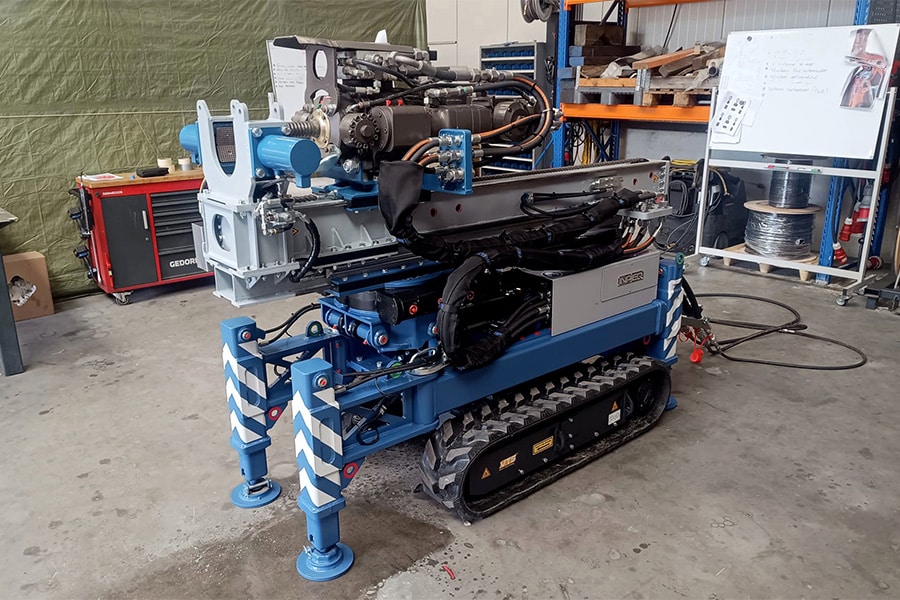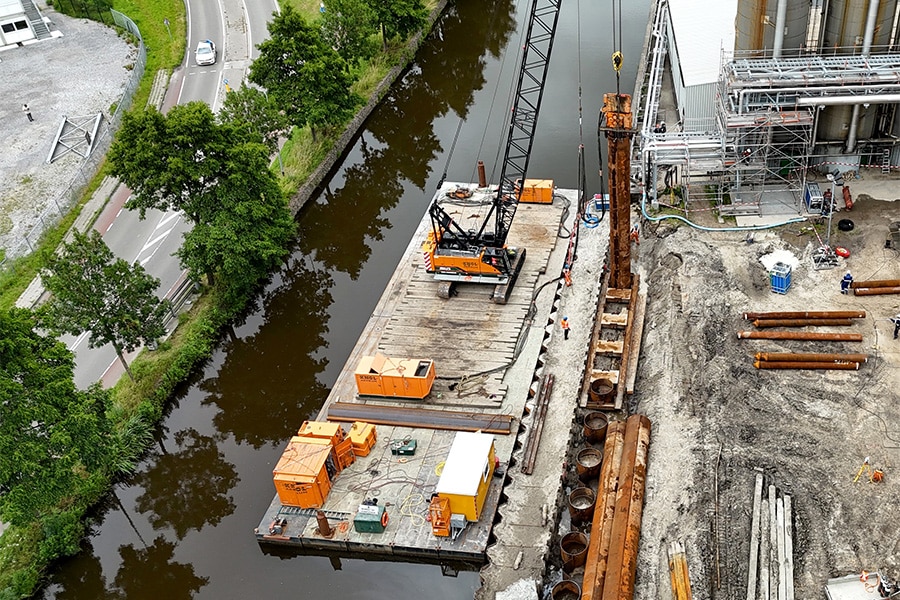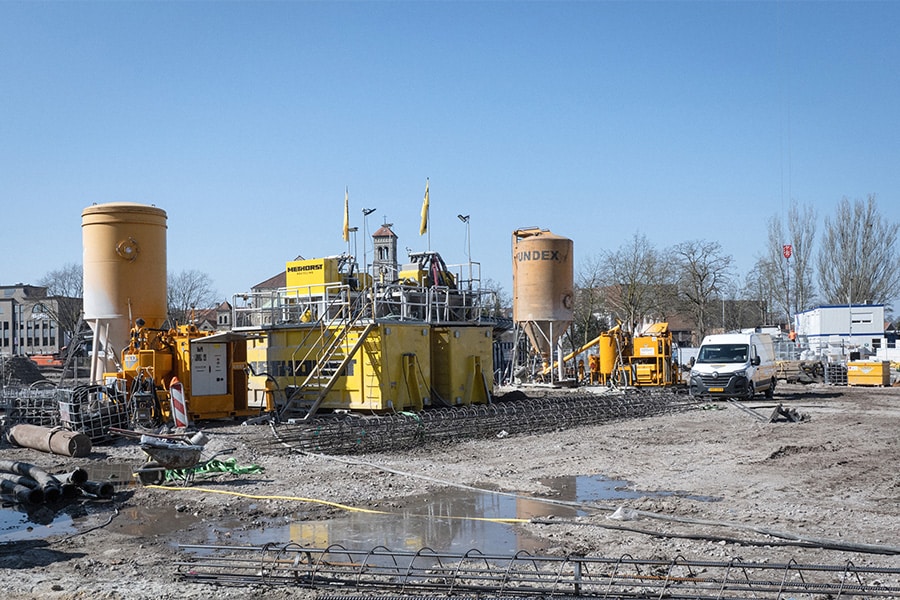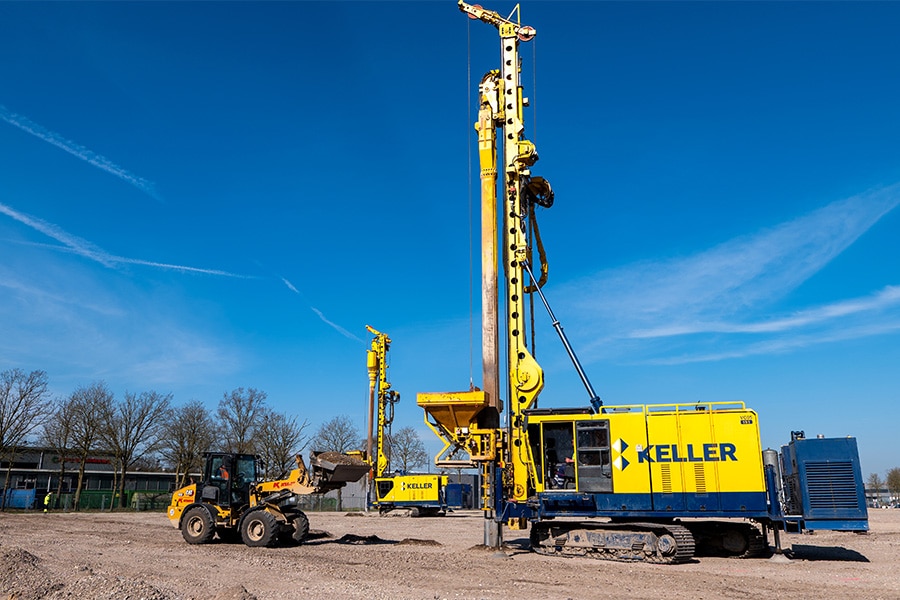
Distinguished in trenchless techniques
Trenchless techniques are used to construct underground infrastructure with as little inconvenience as possible. Dutch Tunnel Engineering divides its work into several disciplines and specializes in advising, calculating and drawing on trenchless techniques. This firm stands out for its pragmatic approach and 'practical design' valued by clients. "The application of trenchless techniques is really a niche in which details play a major role." So echoes Rosella Krot of Dutch Tunnel Engineering.
"But those details must then be known," Krot continues. "That is precisely where we, as a geotechnical engineering firm, have a lot of expertise and experience. The great advantage of using trenchless techniques is that the ground level is hardly disturbed, if at all. After all, no trench is being dug. Within the discipline, there are various methods that can be used, such as horizontal directional drilling, jacking with an open or closed front. Depending on the situation, the most appropriate method is selected. Not infrequently, a combination of techniques is used."
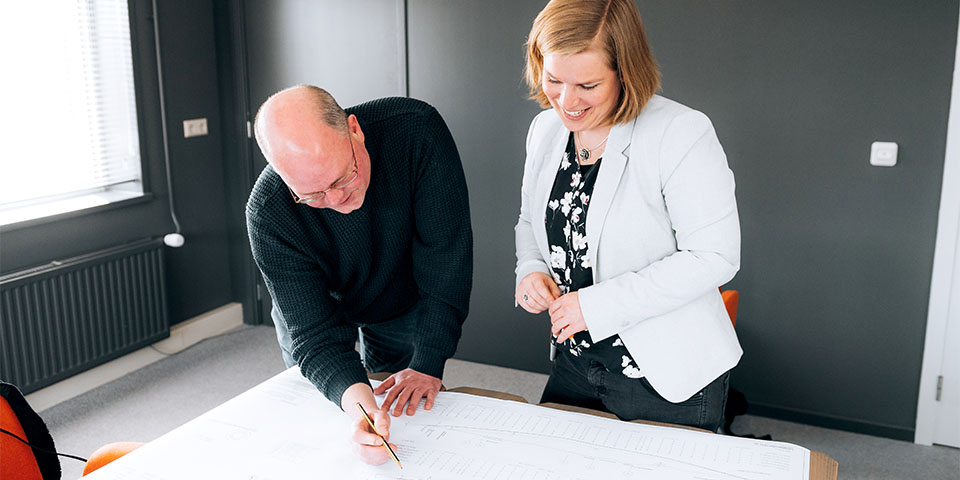
Pascal Timman and Rosella Krot discuss a drawing.
Different divisions
Dutch Tunnel Engineering (DTE) always approaches assignments from the practical side, according to Krot. "We attach great value to working out a practical solution. We use this working method in all our disciplines. Besides trenchless techniques, DTE is also active in the disciplines of geotechnical structures and cables & pipes. "By geotechnical constructions we mean all matters below ground level, such as performing sheet pile calculations, settlement calculations, stability calculations and engineering foundations. The cables & pipelines division in turn focuses on, among other things, the transportation of electricity, gas, water and digital data below ground level. The construction of an entire route or its replacement often involves the necessary challenges. Our work ranges from advising clients and conducting feasibility studies to designing the route and performing strength calculations."
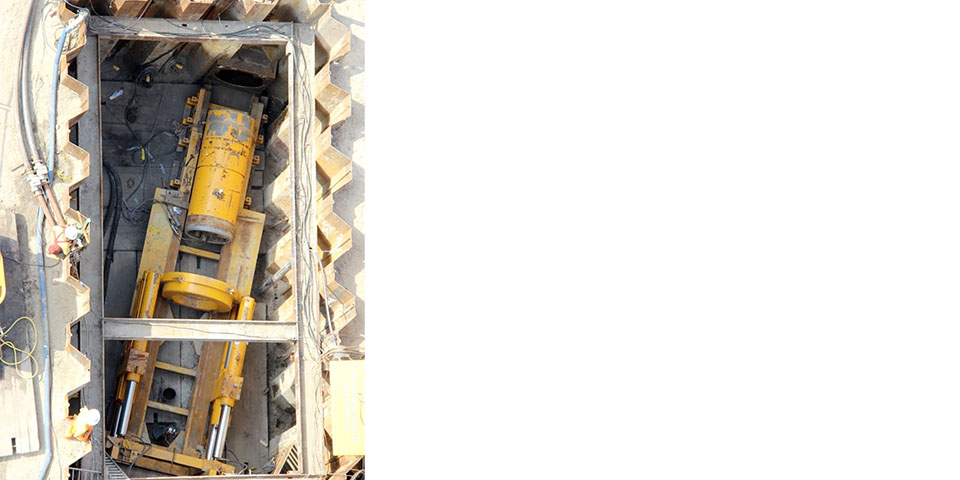
The Tunnel Boring Machine (TBM) is ready for the start of jacking in the baling pit.
Working in teams
Trenchless techniques are often used to lay cables & pipes. "Both disciplines have a lot of common ground," Krot states. "We therefore often work in teams on projects. The nice thing is that all our people in the office have knowledge of all disciplines. That often benefits the development of a project. We therefore fly all projects as a team." And there are quite a few of them. Krot gives some examples. "Among other things, we are now working on two projects in Zwolle, where a number of crossings under the highway and railroad will be carried out as horizontal directional drilling. We are making the necessary drawings and calculations for the borings. We are also working on two pumping stations, working out the D.O. and U.O. for the construction of a new discharge pipeline, replacing the water main and modifying the site layout. This is where our divisions of geotechnical structures and cables & pipes come together."
DTE is also not averse to a bit of innovation. "We work closely with contractors who want to apply innovative techniques. We are then often the party who is asked in advance to make the design and perform the calculations, so that it can be presented to the licensing authority in a well-founded manner. Certainly in the field of horizontal directional drilling there is a lot of development taking place. Huge strides have been made in recent decades. The precision with which drilling now takes place is much greater than years ago. And so we too contribute to the continuous improvement of techniques. We have been doing this with great pleasure for five years now," concludes Krot.
